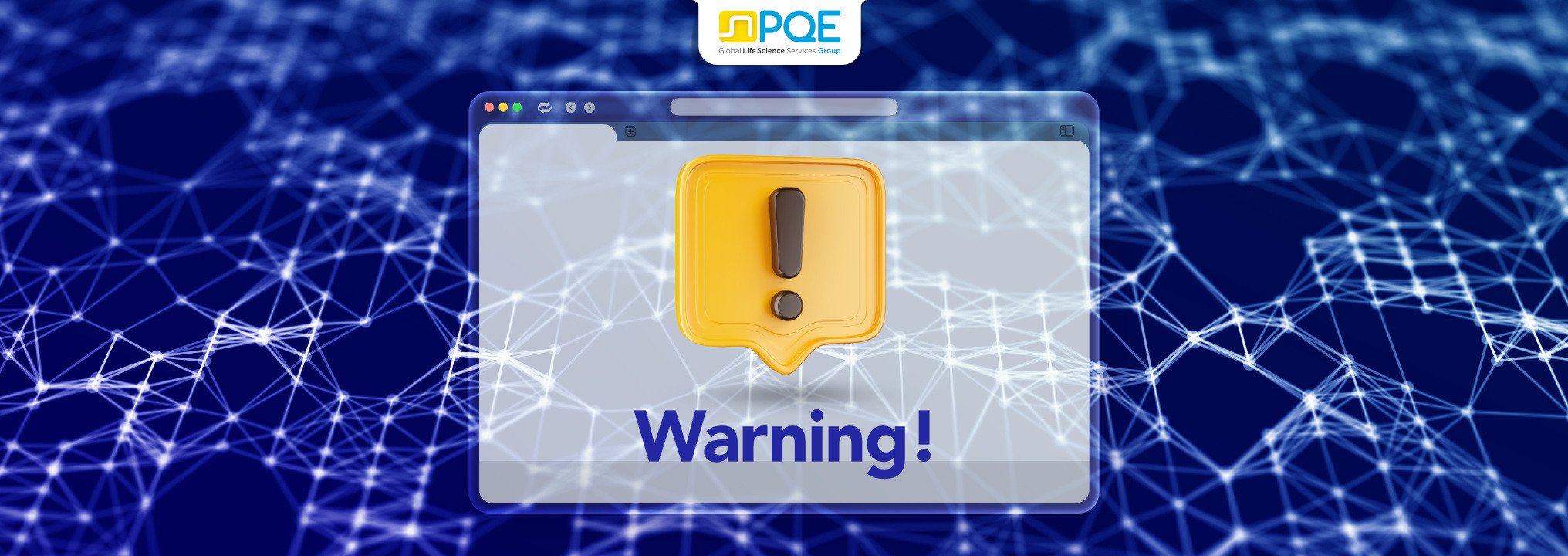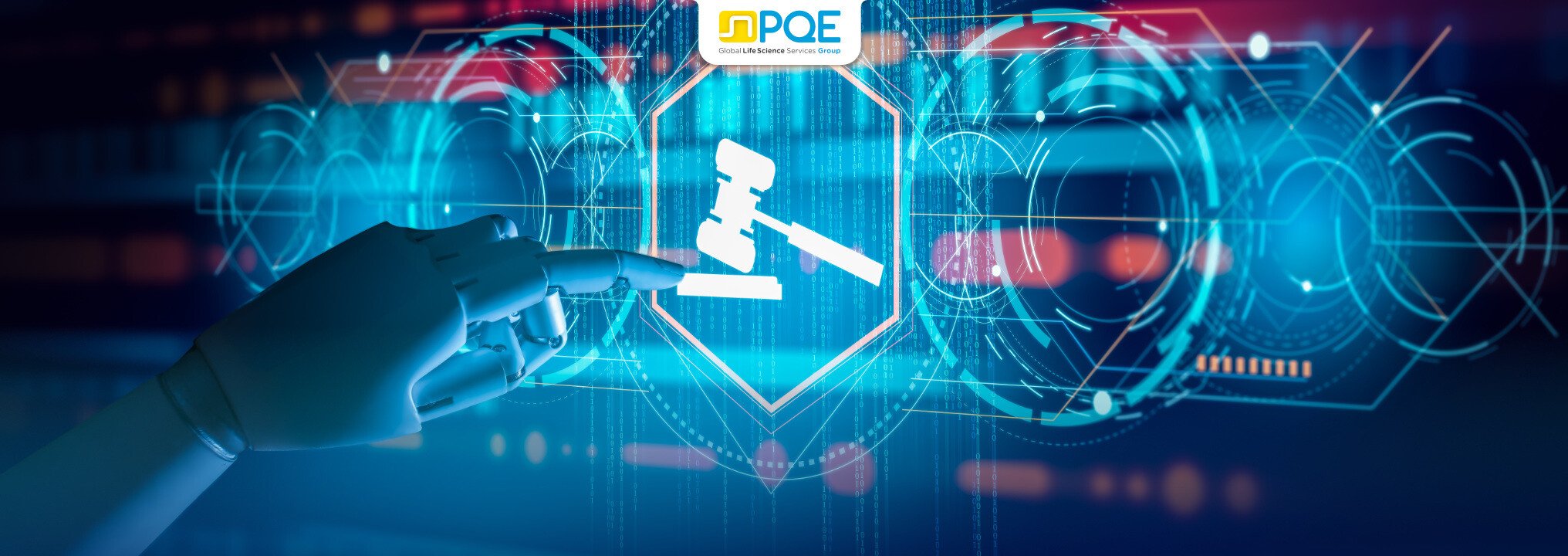
Moreover, malware and ransomware attacks are increasing in number and sophistication. Ransomware as a service (RaaS) has made it easier for various threat actors, including those with little technical knowledge, to deploy ransomware against targets.
This new paradigm consists of a core group of developers who set up and maintain the ransomware and payment sites and the affiliates they recruit who breach victims’ networks and encrypt devices. One infamously notable example is the LockBit 2.0 ransomware gang.
The growth in data loss and ransomware attacks on life science companies and healthcare organizations critically exposes companies and organizations and disables medical equipment, wearable, and even implanted devices.
These threat events represent a significant concern for life science companies and healthcare organizations in general, where public safety is at stake.
It is critically important for organizations to be proactive in preventing threats and ensuring business continuity by having appropriate mitigation and response strategies through strong digital governance, security controls, and employee training.





